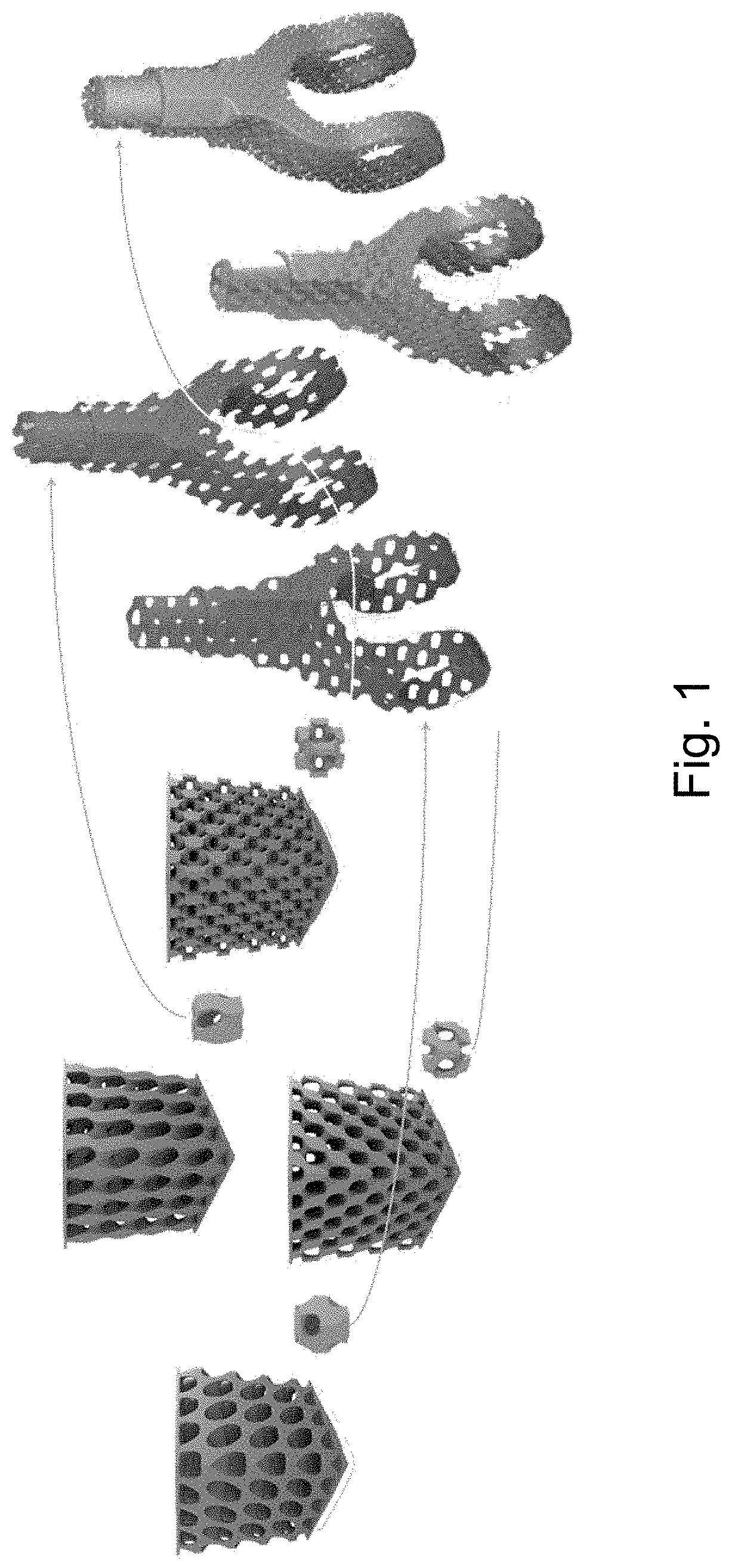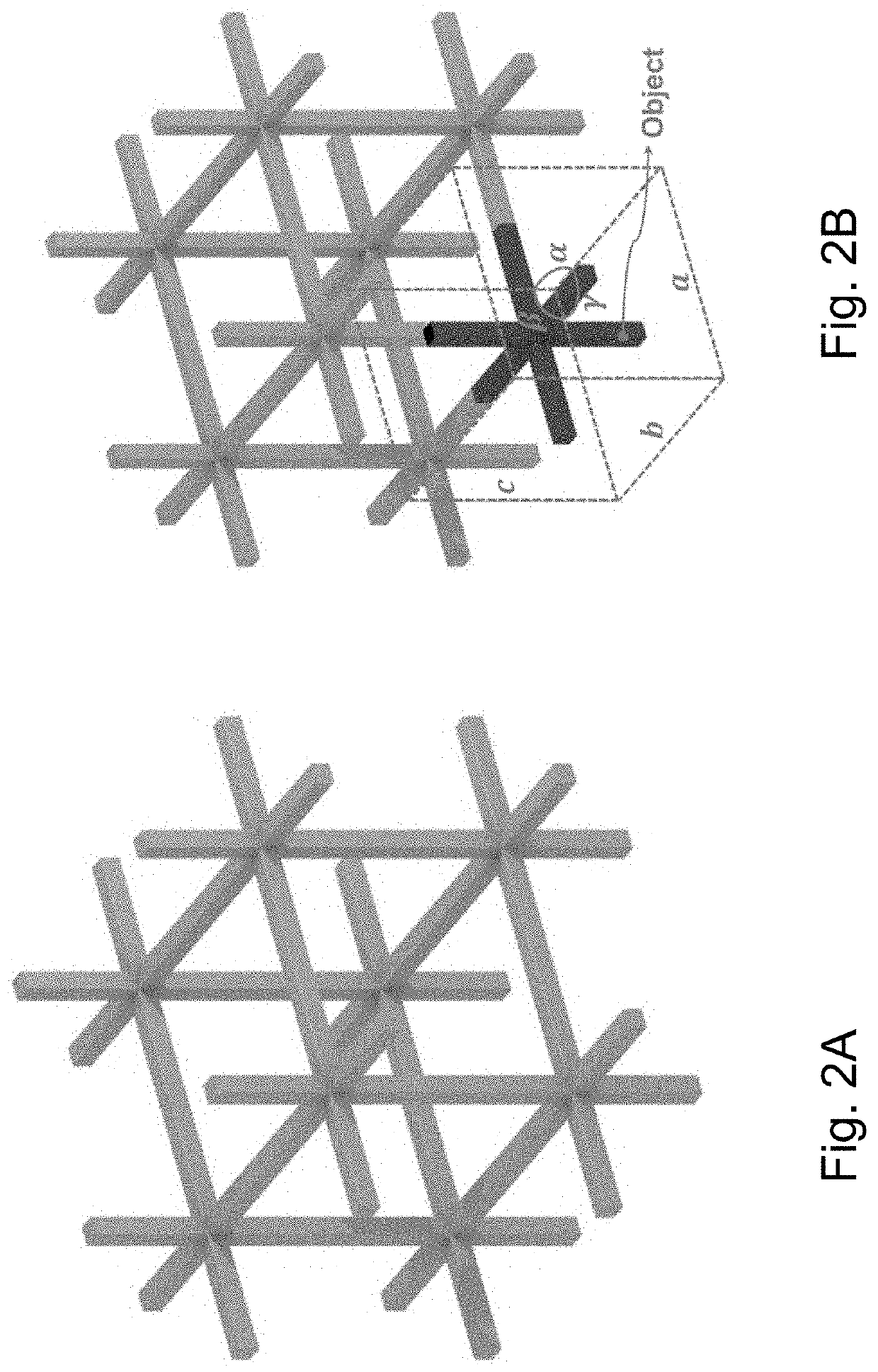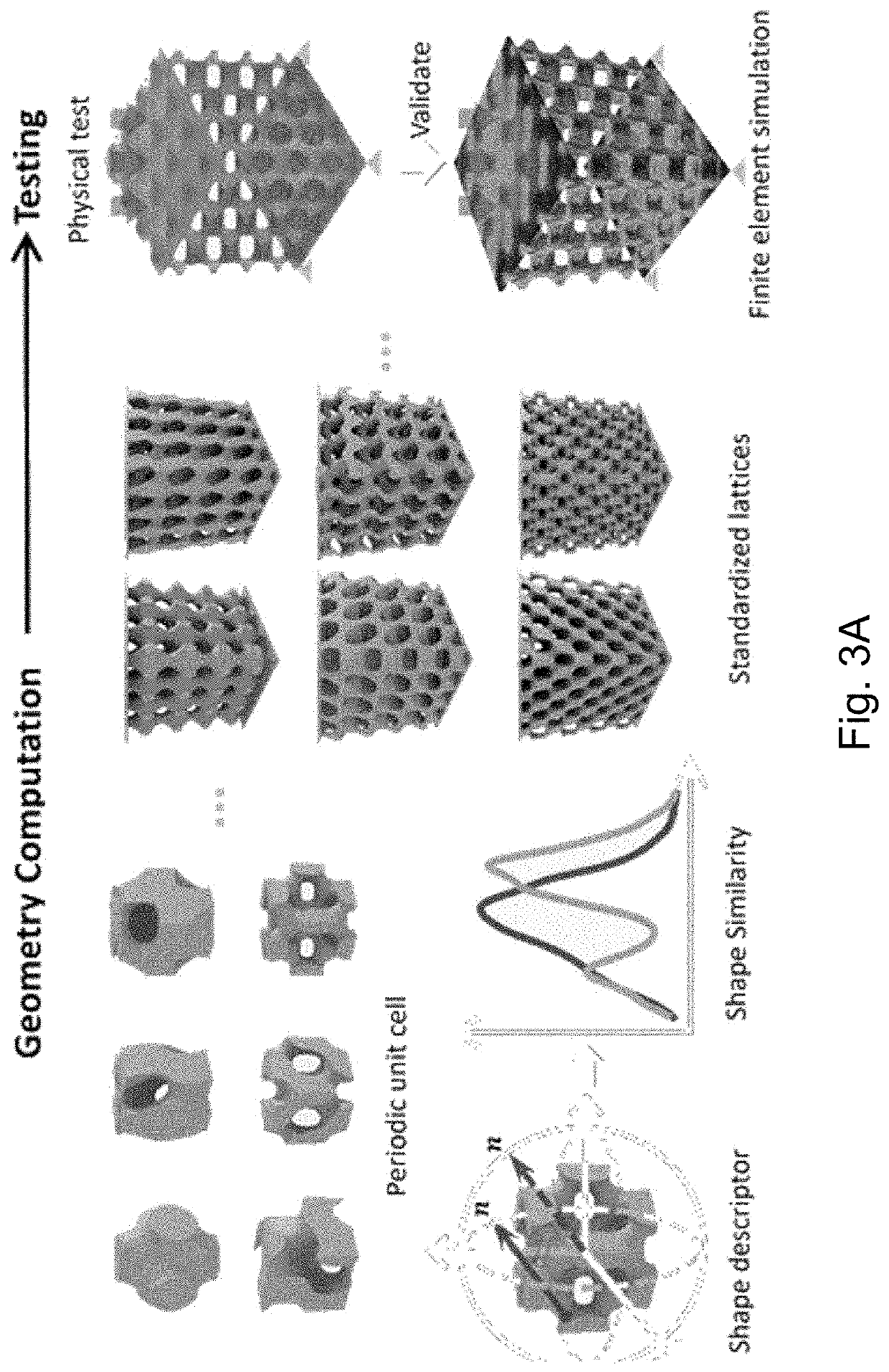Periodic Cellular Structure Based Design for Additive Manufacturing Approach for Light Weighting and Optimizing Strong Functional Parts
a functional part and additive manufacturing technology, applied in the field of additive manufacturing, can solve the problems of insufficient euclidean distance, insufficient sensitivity analysis and what-if analysis, and many minutes, hours or even days of single simulation
- Summary
- Abstract
- Description
- Claims
- Application Information
AI Technical Summary
Benefits of technology
Problems solved by technology
Method used
Image
Examples
Embodiment Construction
odic cellular structures (CPCSs) and lattified functional parts. Left: A set of different cubic periodic cellular structures are investigated to answer the research question: Can seemingly different geometries of the unit cell result in similar mechanical behaviors? Right: Illustrative example of a fork end made lighter by lattifying it with cubic periodic cellular structures filled inside. A surrogate model-based optimization framework allows optimization of the filling orientation to make light-weight and strong function parts under compressive loading environments.
[0083]FIGS. 2A and 2B show cubic periodic cellular structure. FIG. 2A shows the simplest example of cubic periodic cellular structure with the repeating object as crossing square rods. FIG. 2B shows the unit cell repeats in a cubic phase where the edge length a=b=c and the interaxial angle α=β=γ=90°.
[0084]FIGS. 3A and 3B outline the flowchart showing the steps in the overall framework to optimize the lattified functiona...
PUM
| Property | Measurement | Unit |
|---|---|---|
| Fraction | aaaaa | aaaaa |
| Fraction | aaaaa | aaaaa |
| Fraction | aaaaa | aaaaa |
Abstract
Description
Claims
Application Information
 Login to View More
Login to View More - R&D
- Intellectual Property
- Life Sciences
- Materials
- Tech Scout
- Unparalleled Data Quality
- Higher Quality Content
- 60% Fewer Hallucinations
Browse by: Latest US Patents, China's latest patents, Technical Efficacy Thesaurus, Application Domain, Technology Topic, Popular Technical Reports.
© 2025 PatSnap. All rights reserved.Legal|Privacy policy|Modern Slavery Act Transparency Statement|Sitemap|About US| Contact US: help@patsnap.com



